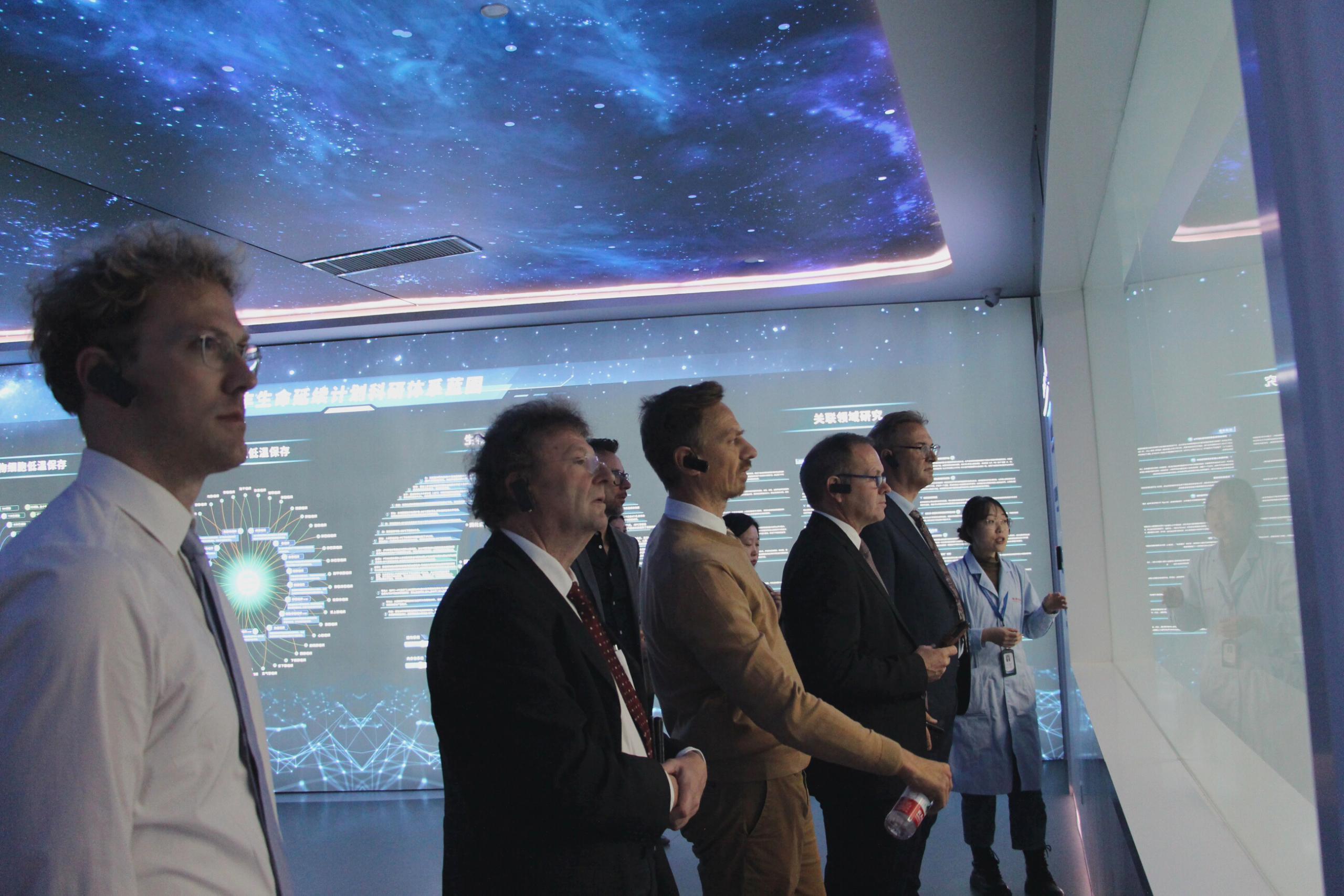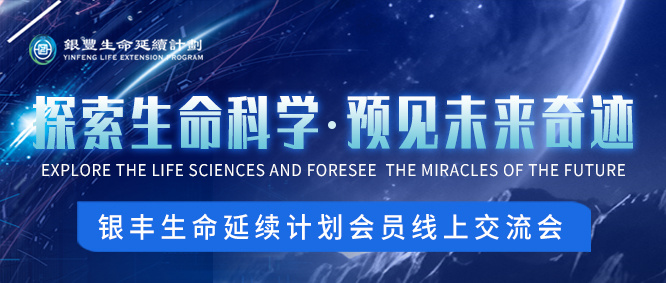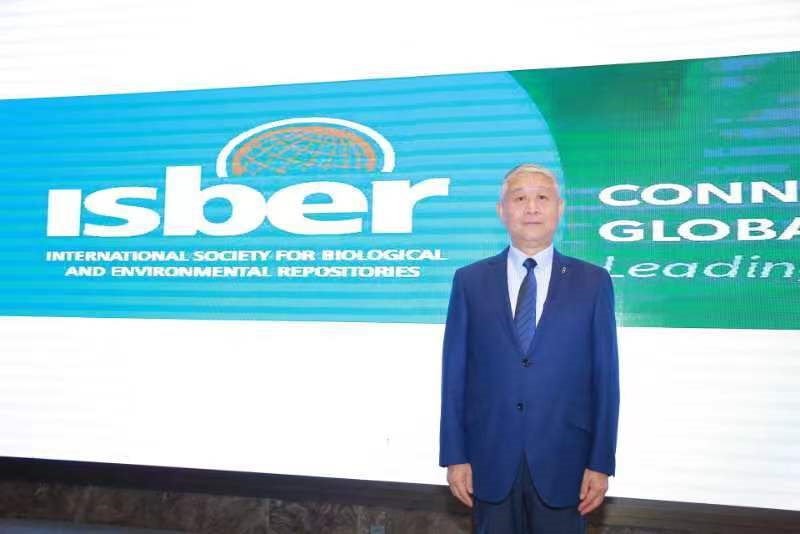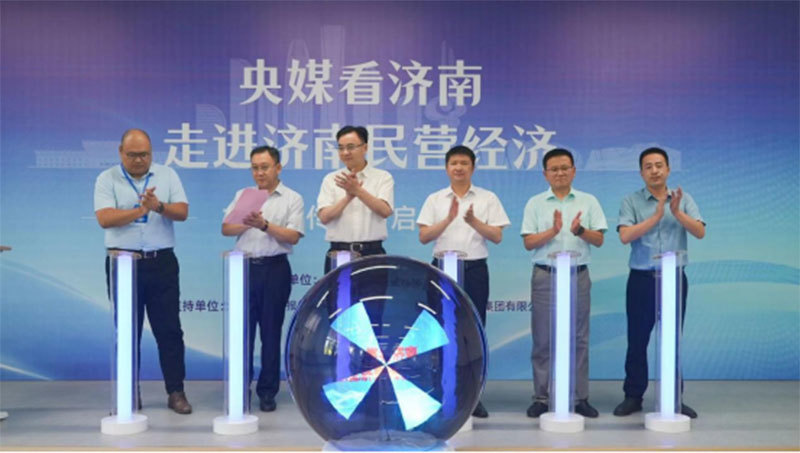Cutting-Edge Medical Innovations: 3D Bioprinting, Making Bone and Soft Tissue 'Rebirth' No Longer a Dream
Release time:
2024-09-12
Recently, good news came from the Hefei Institutes of Physical Science, Chinese Academy of Sciences. The research team led by researcher Wang Junfeng successfully developed an innovative 3D bioprinting composite material that has shown great potential in repairing damaged tissues. Their research has been published in internationally renowned journals.
Imagine if you had a bone or soft tissue injury, now there is a magical material that can help it recover faster and better. This new type of biological boron-based glass (BBG) composite material does just that. BBG is already a popular bioactive material in the medical field, particularly beneficial for bone repair and regeneration. Now, Wang Junfeng's team has cleverly utilized BBG, combined with advanced 3D printing technology, to create more customized and efficient repair solutions.
In the field of bone repair, the team designed a special composite material containing various proportions of BBG. Using a technique called selective laser sintering, similar to laser engraving, they precisely printed scaffolds suitable for bone defects. These scaffolds are not only structurally strong but also very conducive to cell growth, accelerating the bone regeneration process. Results showed that with the addition of BBG, the overall performance of the scaffolds improved significantly. For example, the porosity allows cells to grow more easily, the mechanical strength ensures scaffold stability, and its hydrophilicity and degradation rate are just right, making it very suitable for human environments.
For soft tissue repair, the team took a different approach by mixing BBG particles with sodium alginate to create a high-precision 3D printed bio-ink. The scaffolds printed with this ink have a smooth printing process and minimal shrinkage after forming, making them ideal for repairing soft tissues like skin and muscles. More importantly, the combination of BBG and sodium alginate can promote cell adhesion and proliferation, helping soft tissues recover healthily and quickly.
Overall, the new type of 3D bioprinting composite material developed by Wang Junfeng's team shows great potential for both bone repair and soft tissue regeneration. In the future, this material is expected to bring more breakthroughs to the medical field and help more patients regain their health.
Latest developments
With infinite hope for future medical technology, I applied to become a member of the Yinfeng Life Extension Program and volunteered to contribute to cryobiology in a hundred years by becoming a cryonics volunteer. I also believe that preservation in China is safer.
As a distinguished emblem of technological innovation in Shandong, Yinfeng's Life Continuation Project will continue to build a bridge for domestic and international government research and academic exchange, continually strengthen scientific collaborations and result transformations with global research institutions, consistently contribute to the development of cryobiomedicine, and inject continuous hope into the shared ideal of extending human life.
Exploring life sciences and anticipating future miracles. The Yinfeng Life Extension Program members' online exchange meeting successfully concluded at 9:30 AM. Aaron Drake, Director of the Clinical Response Center at Shandong Yinfeng Life Science Research Institute (hereafter referred to as Yinfeng Institute), and the cryonics team participated in this exchange event.
On August 23, the Jinan Private Economic Development Bureau and China Economic Weekly jointly launched the theme publicity activity of "Central Media Look at Jinan - Entering Jinan's Private Economy" in Yinfeng Biotechnology Park.












